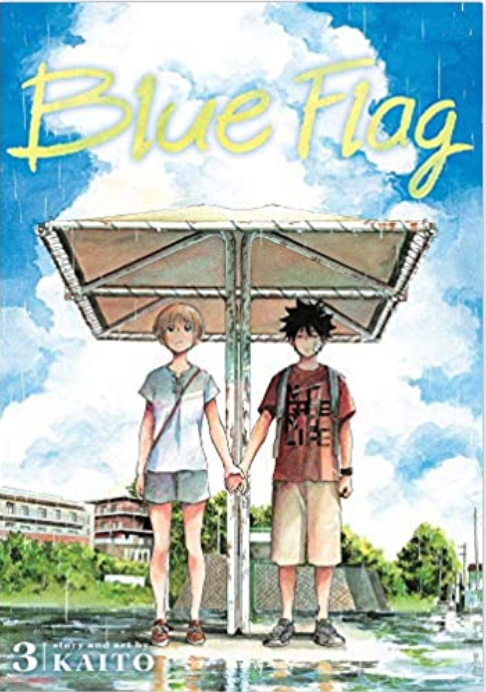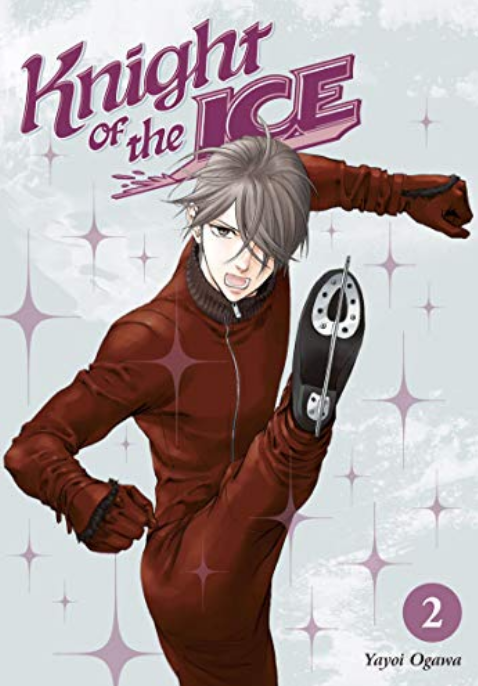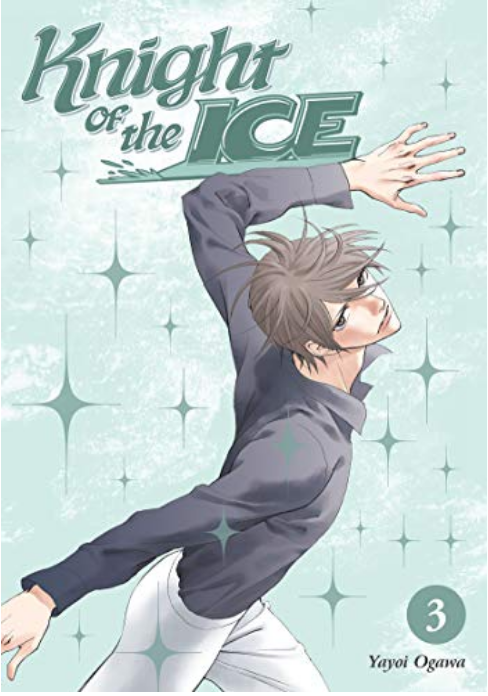Blue Flag Volume 3 by KAITO
Blue Flag continues to be an incredibly nuanced and introspective look at teenage life with an unconventional love quadrangle that shows characters intersecting in different ways, producing moments of self-reflection. As the volume opens Taichi has redeemed himself from a trauma in his childhood by saving a kitten from being struck by a car – only for his old friend Toma to break his leg saving Taichi. Toma’s stuck in the hospital and unable to lead his high school team to victory in the baseball championships but one of the biggest conflicts in this volume isn’t due to physical pain as Taichi’s crippling insecurity causes him to lash out at the people around him. Having an event that he genuinely feels guilty about causes him to feel even worse about himself.
Toma betrays his own feelings when Taichi comes to apologize, saying that Taichi’s life is more important than baseball and then attempts to cover it up by saying that Taichi is his best friend. Taichi is so used to comparing himself to Toma unfavorably that he’s not even able to really process this information, and it seems like his insecurity is preventing him from acknowledging the genuine friendship that Toma is offering. Taichi even lashes out at Futuba when she attempts to comfort him, pointing out that he’s only a means to an end for her crush on Toma. Masumi steps in to help Futuba process her feelings for both Taichi and Toma, but I hope in future volumes she gets a little more of the spotlight herself, instead of being a default teenage relationship counselor for the other kids.
Throughout this volume KAITO’s art portrays teenage drama and introspective moments with the same amount of facility and care. While there are plenty of dramatic incidents in each volume as the protagonists start trying to figure out who they are and what they want in terms of romantic relationships, it is clear to see that they are moving forward. While Taichi’s self-loathing is still ensnaring him he’s still moving forward in terms of having more of a genuine connection with other people than he’s had before. I’m hoping that these friendships help him feel better about himself and his place in the world as the series develops.






Recent Comments